pests & disease
control snails and slugs
QUICK TIPS:
1. Be vigilant for trouble signs
2. Go on the hunt when it's wet, warm and dark
3. Remove and dispose of by hand
4. Take care with commercial baits
5. Use beer baits as an alternative
6. Minimise typical hiding places
Snails and slugs are common garden pests that can do a lot of damage in a very short time.
Keep an eye out for signs of trouble like chewed leaves, small coils of droppings and those silvery snail trails. Then act quickly.
These nocturnal creatures like wet, warm and dark conditions and soft, new leaves so they go on the attack in spring and summer and especially on moist, still nights. That's when you need to be especially alert but also when they're easiest to spot.
Look for them dining out on seedlings and plants with new shoots. During the day, also check likely hiding spots under pots, masonry and rocks; between plants and walls, trees or posts; and at the base of plants with strappy leaves.
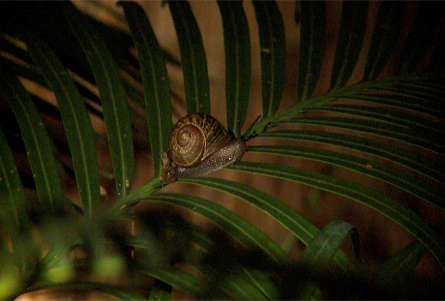
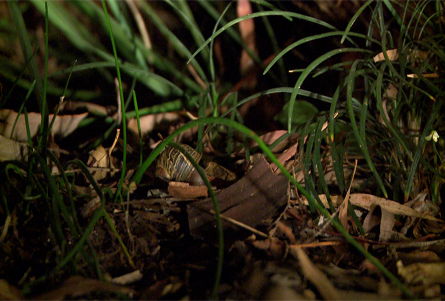
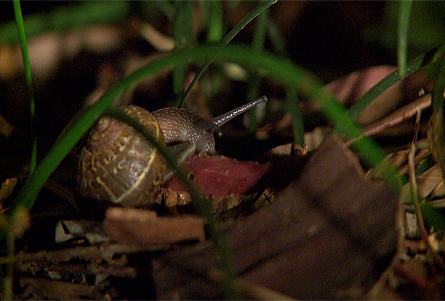
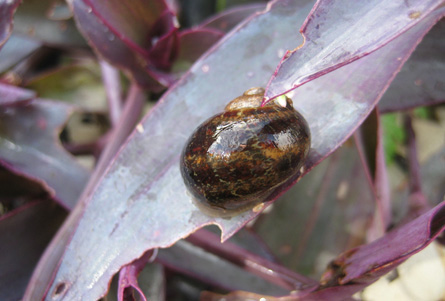
Once found, the simplest method of control is removal by hand and disposal by boot. But dropping them in a bucket of soapy water or a plastic bag and disposing of them completely also eliminates any chance of eggs hatching.
If you don't have time for the hunt, try leaving baits. Loose commercial pellets are effective but can also harm curious children, pets and wildlife!. so caution is needed. More environmentally-friendly pellets are available or otherwise try snail and slug traps.
Beer baits are a simple home-made solution. A small pool of beer in a strategically placed dish will attract and drown these pests.
Reduce the risk of attack by minimising favourable conditions and preferred hiding places. Get rid of any unused pots and weeds and keep grass trimmed low.
Comments (0)
Tell our Plant Selector what you want & like and we'll search thousands of plant profiles for compatible matches
Special Offers
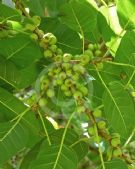
Plant of the Day
Figwood
Plant type: semi-deciduous tree
H: 20m W: 20m
Sunlight: hot overhead sun to dappled light

Fast Facts
snails & slugs
Likely hiding spots during the day are under pots, masonry and rocks; between plants and walls, trees or posts and at the base of plants with strappy leaves.
Recently added pests & disease articles
Most viewed pests & disease articles
Get the Plant Selector's full features plus news, forums & competitions. Sign up, it's free.
Click here for more





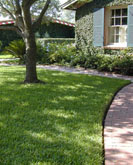

You must be a member to share: Login or Register